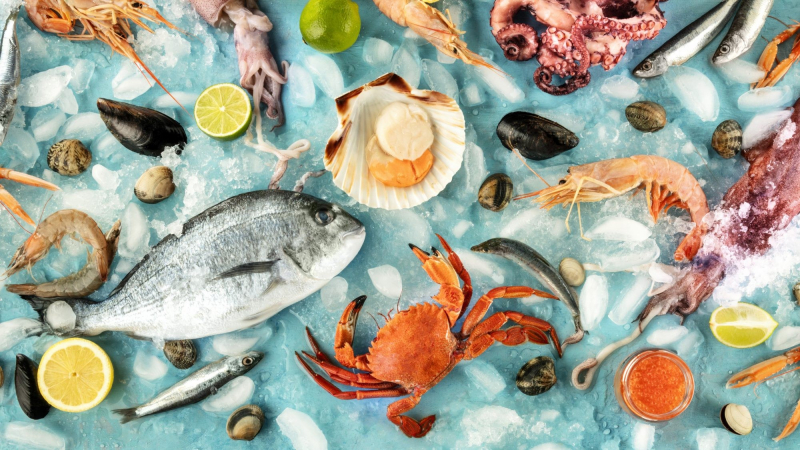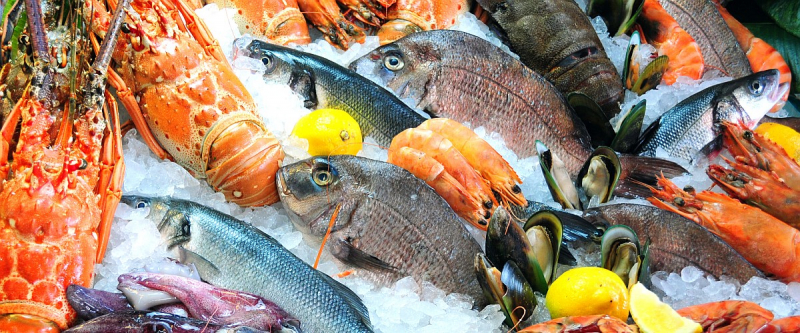Fish and Shellfish
Food poisoning frequently results from eating fish and shellfish. Histamine, a toxin produced by fish bacteria, is more likely to contaminate fish that has not been preserved at the correct temperature.
Normal cooking temperatures do not eliminate histamine, which leads to scombroid poisoning, a type of food poisoning. Numerous symptoms are brought on by it, including nausea, wheezing, and face and tongue swelling. Ciguatera fish (CFP) poisoning is a different type of food poisoning brought on by contaminated fish. Ciguatoxin, a toxin that is typically found in warm, tropical waters, is to blame for this happening. According to estimates, every year between 10,000 and 50,000 people who live in or travel to tropical regions get CFP. Food poisoning also occurs while eating shellfish like clams, mussels, oysters, and scallops. Many toxins are produced by algae that shellfish consume, and these toxins can accumulate in the flesh of shellfish, causing a risk to humans who eat the shellfish.











